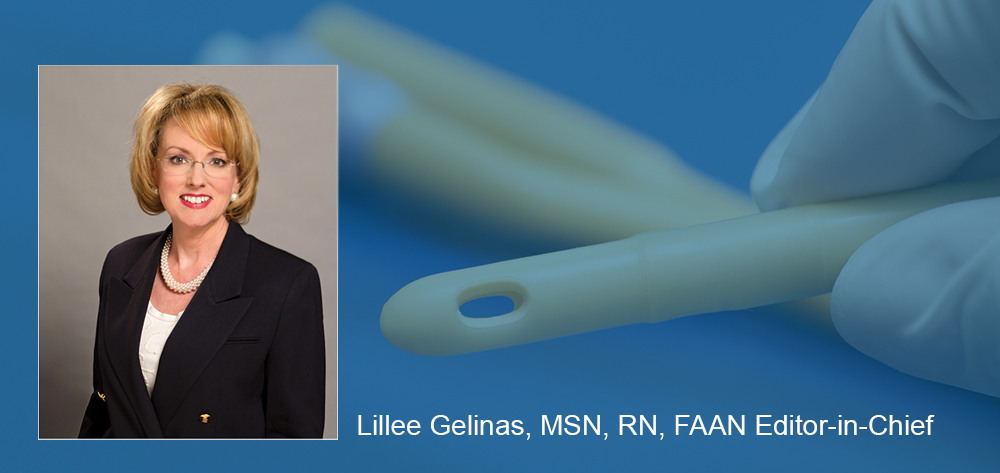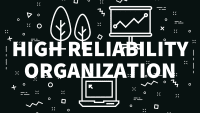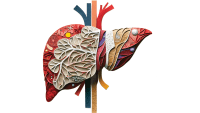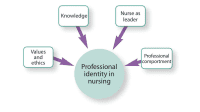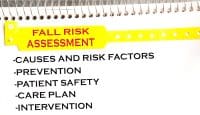I don’t know about you, but I’m tired of being bombarded with data, tools, and promotions claiming these things will help me become a better nurse leader. I see the same thing happening to staff nurses, perhaps to an even greater degree, because the push to improve patient care comes from so many directions.
ANA seems to have declared “Enough already!” by creating a streamlined, evidence-based tool that helps nurses prevent catheter-associated urinary tract infections (CAUTIs). The tool was released January 20 and presented at the ANA Quality Conference in February.
After identifying the opportunity to fill the “tool gap,” ANA assembled a technical expert panel of clinical nurses to develop and disseminate the tool, which includes a checklist and an algorithm. The panel included representatives from ANA, the Association of periOperative Registered Nurses, the Centers for Disease Control and Prevention, the American Hospital Association, American Geriatrics Society, and the Wound, Ostomy and Continence Nurses Society, among others.
The CAUTI prevention tool is so simple, yet so useful. I asked several of our nurses at CHRISTUS Health to give me their opinion. All of them deemed it fantastic and easy to use.
CAUTIs are the most common reportable hospital-acquired condition. Despite our best preventive efforts over the years, rates continue to rise. More than 560,000 patients develop CAUTIs each year. These infections lead to longer hospital stays, increased costs, and in some cases, death. Because RNs play a major role in reducing CAUTI rates to help prevent harm and save lives, it’s crucial we focus on CAUTI reduction and prevention—now.
Haven’t nurses been addressing CAUTI prevention for years?
Practicing the basics of nursing care every day can help prevent CAUTIs. However, harm measurement and the science base have evolved rapidly over the last few years. Nursing screening, assessment, and evidence-based management of urinary retention and incontinence are essential to reducing catheter overuse and thereby lowering CAUTI rates. To reduce CAUTIs, we must focus evidence-based clinical care on improvements in three areas:
- prevention of inappropriate short-term urinary catheter use
- appropriate catheter care during placement
- nurse-driven, timely removal of catheters.
No silver bullet
Of course, a single nursing intervention alone isn’t a silver bullet that can solve the CAUTI problem. ANA’s tool is just one effective practice-change lever among the many levers required—yet it’s a significant innovation to drive evidence-based care. Other levers proven to work in preventing CAUTI include:
- implementing and sustaining a safety culture
- using protocol-approved standing orders for nurse-driven urinary catheter removal
- seamlessly tying clinical decision support and nursing protocols into the electronic health record
- making specialty nurse consultants (for instance, nurses certified in wound, ostomy and continence care) available to confer with staff on a regular basis.
Let’s turn leading practices into common practices
Now that the leading practices and best approaches to reduce CAUTI have been incorporated into an easy-to-use checklist and decision algorithm, how long will it take for the ANA tool to become widely used? How long before it’s common practice?
To improve patient safety and quickly advance nursing practice, let’s start using this tool immediately. Enough already!
Note: Download the CAUTI prevention tool and access the list of CAUTI technical panel members at nursingworld.org/ANA-CAUTI-Prevention-Tool.
Lillee Gelinas, MSN, RN, FAAN
Editor-in-Chief
lgelinas@healthcommedia.com

